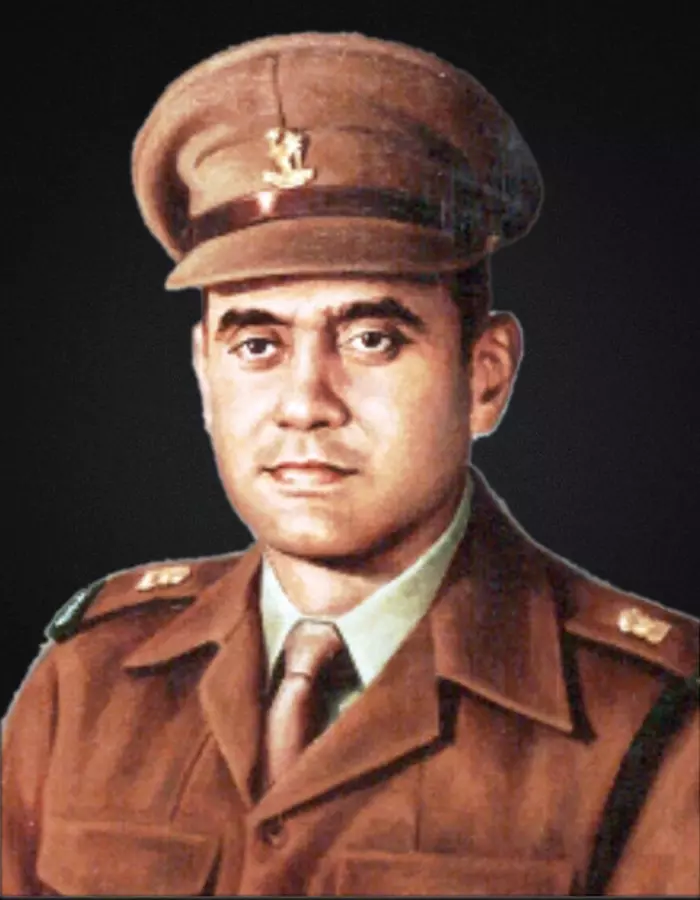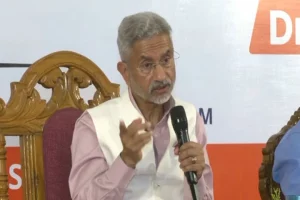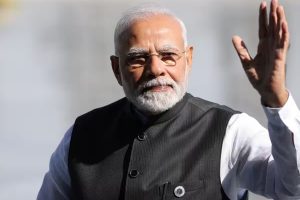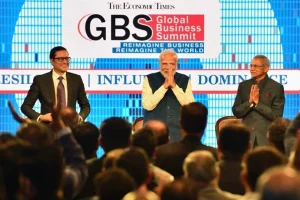The Indian government will inaugurate a new memorial of the epic battle of Rezang La on Thursday where, 59 years ago, Major Shaitan Singh and 113 soldiers of Charlie Company, 13 Kumaon Regiment gave an epic fight to the intruding Chinese troops in 1962 in a clash that lasted till the last man. Major Shaitan Singh was the company commander during the Battle of Rezang La. He was awarded the Param Vir Chakra posthumously. The defence minister Rajnath Singh and the chief of defence staff Gen Bipin Rawat will inaugurate the new memorial.
The original memorial which was constructed in Chushul in 1963 close to the site of the battle, has now been expanded with an auditorium and photo gallery to honour soldiers of 13 Kumaon regiment's Charlie Company who gave a bloody nose to the aggressive Chinese People's Liberation Army (PLA) in the 1962 war.
According to media reports, the original memorial comprising an inner structure carrying the names of the martyred soldiers will remain. The memorial site will also include the names of the 20 soldiers who were killed in action during the Galwan Valley clash last year. It will retain the original memorial pillar on which the names of 109 soldiers who died during the 1962 battle are inscribed.
On a freezing and unforgiving November night, more than 100 Indian soldiers – frostbitten, weary, hungry and heavily outnumbered – defied the might of the rampaging Chinese Army. On 18 November 1962, Major Shaitan Singh and men of Charlie Company, 13 Kumaon Regiment fought at a height of 17,000 feet . Their epic bravery finds its place in the history books. Shaitan Singh’s name, when translated literally, means “The Devil lion” . The Major and his band of 113 soldiers lived up to that name as they valiantly fought off the Chinese for five hours at Rezang La.
According to the official history, “the fight at Rezang La was hard and bitter… In November 1963, nearly a year after the battle, the dead bodies were recovered by the Indian Red Cross. The parties that visited Rezang La saw the place littered with field dressings and blood marks, giving an indication to the heavy losses suffered by the Chinese.”
While the 1962 war is mostly associated with defeat—an under-equipped, demoralised Indian Army retreating under the onslaught of a determined Chinese attack, the battle of Rezang La is, however, one bright spot– a shining example of extraordinary valour by a company-sized formation that stopped an estimated 3,000-strong Chinese formation, denying them access across the mountains and into the Chushul valley in the Ladakh sector.
The inauguration of the new memorial underlines the Narendra Modi led government’s commitment to give greater recognition of the 1962 battle– a war that remained absent from official calendars for decades.
Inscribed on the war memorial at Chushul are the following lines from the poem “Lays of Ancient Rome” by Thomas Babbington Macaulay:
How can Man die Better than facing Fearful Odds,
For the Ashes of His Fathers and the Temples of His Gods.




















